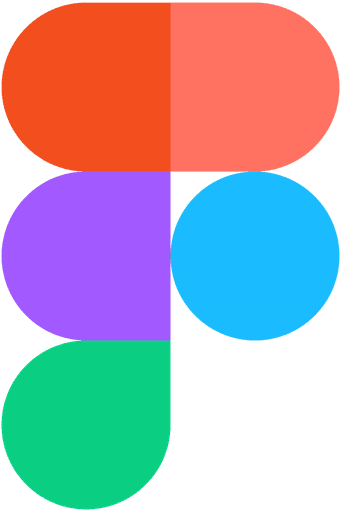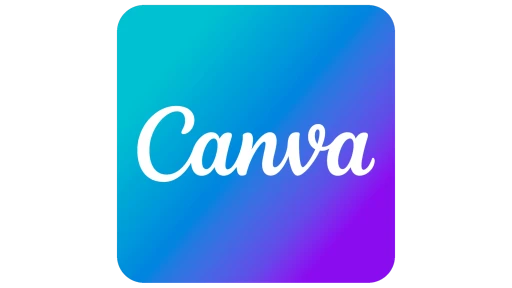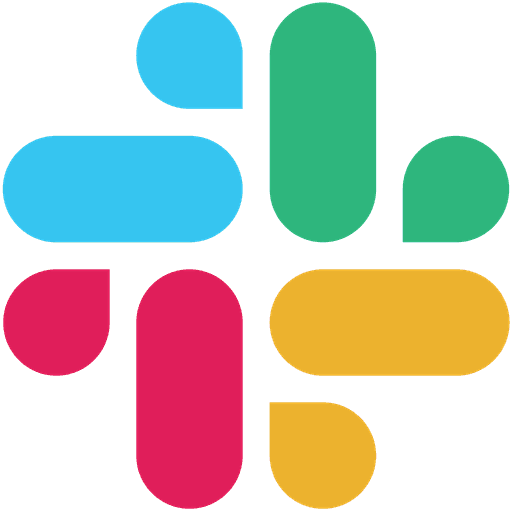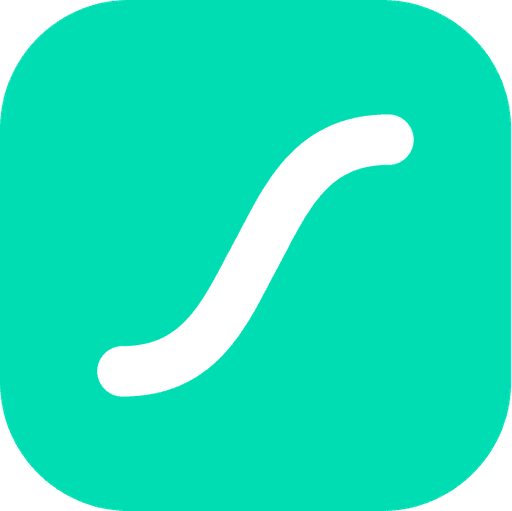After a successful first season, we applied our learnings to enhance our product for the next. Our trajectory evolved from a fantasy football AI chatbot to a broader sports intelligence platform, and we kept that shift at the core of our design for this season.
Boston, MA
2023
Sports Technology
10-15
Challenges
After our first season, we identified key areas for improvement to enhance user engagement and the overall product experience. Users were not interacting with the chatbot as expected, as the envisioned back-and-forth conversations weren’t materializing, prompting us to rethink how insights were delivered. Additionally, many sought alternative ways to consume sports intelligence beyond chatbot interactions, leading us to explore more dynamic presentation methods. Navigation challenges also emerged, particularly with player profiles receiving limited traffic, suggesting discoverability issues. The introduction of a news feed further complicated navigation, requiring solutions for differentiating flows between paid and free users, managing states for synced and non-synced leagues, and optimizing content filtering.
Solutions
To enhance the user experience, we refined the chatbot to deliver hyper-focused responses, prioritizing direct insights while making follow-ups secondary to streamline interactions. To diversify how users consume sports intelligence, we introduced an AI-powered news feed featuring personalized, AI-generated articles with intuitive content filtering and a visually engaging layout. Additionally, we improved navigation and feature connectivity by enhancing player profiles with matchup overviews to drive engagement and restructuring the app to ensure seamless access to key insights.
Process
Persona Development: To expand our audience reach, I refined the user persona of Jordan Martinez by analyzing both external market analytics and our internal user data. This helped us identify not only demographic shifts but also behavioral trends that shaped how different users interacted with our platform. By understanding these insights, we could tailor our product experience to better meet user expectations, ensuring features and content resonates with both casual and advanced users.
Re-Branding: As part of RotoBot’s evolution, I led a rebranding effort to shift the visual identity from a deep, spacey purple theme to a sleeker, more refined “Dark Knight” aesthetic. The previous design leaned into a more playful, futuristic feel, but after reviewing user feedback and survey insights, we found that a sharper, more sophisticated UI resonated better with our primary demographic. This transition involved refining our color palette to deeper blacks and subtle accents, introducing sharper typography, and simplifying visual elements to enhance readability and usability. The result was a more modern, high-contrast interface that retained the app’s futuristic essence while better aligning with our audience’s preferences for a premium, data-driven experience.
Ideation & Collaboration: I worked closely with stakeholders across design, engineering, and product to generate and refine ideas that balanced user experience with business goals. This collaboration ensured that design decisions were not only visually compelling but also technically feasible and strategically aligned. By fostering open discussions, we streamlined workflows, identified potential roadblocks early, and continuously refined the user experience based on cross-functional input.
Flow Analysis & Adaptation: Analyzing user interaction data revealed that users preferred in-depth responses to singular questions rather than extended back-and-forth conversations. This insight led us to restructure the chatbot’s flow, reducing unnecessary dialogue and prioritizing comprehensive answers upfront.
Additionally, we adopted a modal-first design, placing core features in the bottom navigation while layering secondary and contextual features through modals. This approach improved navigation clarity, prevented users from getting lost, and maintained easy access to essential functions while allowing for deeper interactions when needed.
Lastly, a high drop-off rate during onboarding negatively impacted our mid-funnel conversion. To address this, we streamlined the process by reducing task flow steps and minimizing required user input, creating a more frictionless experience.
Rapid Prototyping: I specialize in high-fidelity prototyping to quickly bring concepts to life, allowing for efficient validation and iteration. This approach enables the team to interact with near-final designs early in the process, ensuring alignment before development. By focusing on detailed prototypes, we reduce ambiguity, speed up decision-making, and minimize the risk of rework later in the development cycle.
Feedback & Iteration: I continuously collect and integrate internal feedback to refine our designs, ensuring they evolve with user needs. By leveraging analytics and stakeholder insights, I make data-driven improvements that enhance the overall user experience. While I haven’t conducted formal usability testing yet, I prioritize feedback loops through internal reviews and performance tracking, allowing us to proactively address friction points and refine the product experience.
Anticipated Outcomes
By implementing user-centric design enhancements, we anticipate a 25% increase in user engagement within the first three months post-launch. This projection is based on the resolution of existing bugs, the introduction of new features, and improved interactivity between app functionalities, all aimed at providing a seamless user experience. Additionally, we expect a 15% improvement in onboarding conversion rates by streamlining the process and reducing the amount of information requested from users, addressing the significant drop-offs experienced during last season’s onboarding process. Furthermore, we project a 20% increase in mid-funnel conversions, aiming to boost the rate at which engaged users transition to subscribers. Collectively, these improvements are designed to provide a more intuitive and satisfying user experience, leading to higher retention and satisfaction.
“ With RotoBot AI’s new intuitive design and powerful AI-driven chatbot, we’ve transformed the way our users interact with fantasy football. Our platform now truly reflects the needs of modern fantasy players, making strategic decisions easier and more engaging.”

Aishik Lala
Founder & CEO @ RotoBot AI
Conclusion
The transformation of RotoBot into a comprehensive sports intelligence platform has been a journey of user-centric design and strategic innovation. By addressing initial challenges—such as limited chatbot engagement and navigation complexities—we implemented targeted solutions, including refining chatbot interactions, introducing an AI-powered news feed, and enhancing player profiles. This evolution was guided by meticulous persona development, a sophisticated rebranding to the “Dark Knight” aesthetic, collaborative ideation, and adaptive user flow analyses. These efforts culminated in a platform that not only meets but anticipates the diverse needs of our users, positioning RotoBot as a leader in delivering personalized sports intelligence.













